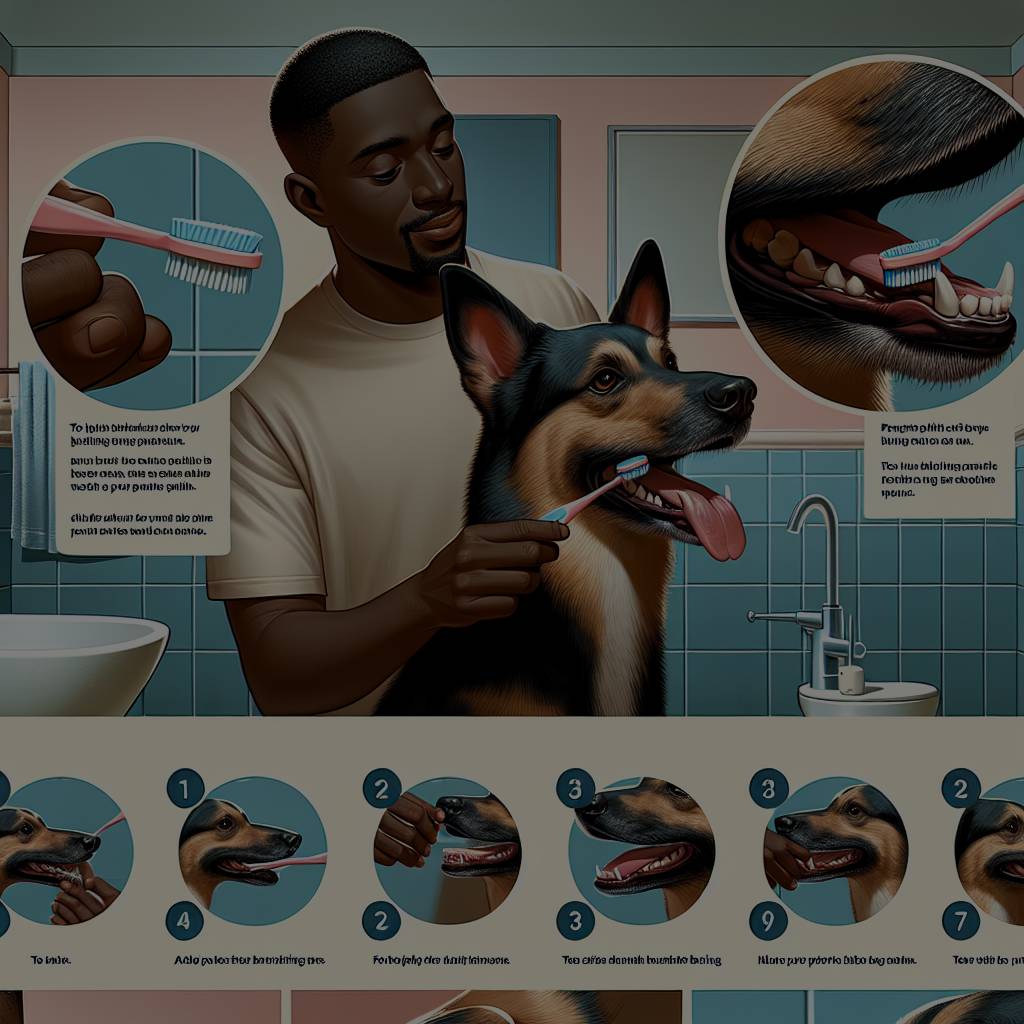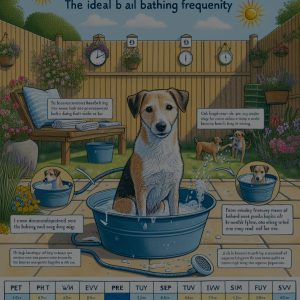
Proper teeth brushing is an essential aspect of maintaining your dog’s overall health. Just like humans, dogs can suffer from dental issues such as plaque, tartar build-up, and tooth decay if their teeth are not properly cared for. Regular brushing can help prevent these issues and keep your furry friend’s teeth and gums healthy. In this guide, we will discuss the importance of dog teeth brushing, the tools and supplies needed, and provide a step-by-step guide to help you brush your dog’s teeth effectively.
Importance of Dog Teeth Brushing
Regular brushing of your dog’s teeth is crucial for preventing dental problems such as periodontal disease, which can lead to pain, infection, and even tooth loss. Poor dental hygiene can also impact your dog’s overall health, as bacteria from infected gums can enter the bloodstream and affect other organs in the body. By brushing your dog’s teeth regularly, you can help ensure their dental health and prevent the need for costly and potentially invasive dental procedures in the future.
Tools and Supplies Needed
To properly brush your dog’s teeth, you will need a few key tools and supplies. A dog-specific toothbrush or a finger brush designed for pets is essential, as well as toothpaste formulated specifically for dogs. Never use human toothpaste, as it can be harmful if swallowed by your dog. Additionally, you may want to have some dental wipes or dental chews on hand for supplemental dental care. It is also a good idea to have treats or rewards ready to help make the experience more positive for your dog.
Step-by-Step Guide to Brushing Your Dog’s Teeth
- Start by getting your dog used to having their mouth touched. Gently lift their lips and touch their teeth and gums with your fingers to help them get comfortable with the sensation.
- Once your dog is comfortable with having their mouth touched, introduce the toothbrush or finger brush with a small amount of dog toothpaste. Brush in gentle circular motions, focusing on the outer surfaces of the teeth where plaque tends to accumulate.
- Be patient and take breaks as needed. It may take time for your dog to get used to having their teeth brushed, so go at their pace and reward them for good behavior. Aim to brush your dog’s teeth at least 2-3 times a week to maintain their dental health.
By following this guide and incorporating regular teeth brushing into your dog’s grooming routine, you can help ensure their dental health and overall well-being. Remember to be patient and consistent, and always consult with your veterinarian if you have any concerns about your dog’s dental health. Proper dental care is an important part of being a responsible pet owner, and your dog will thank you for keeping their teeth clean and healthy.










